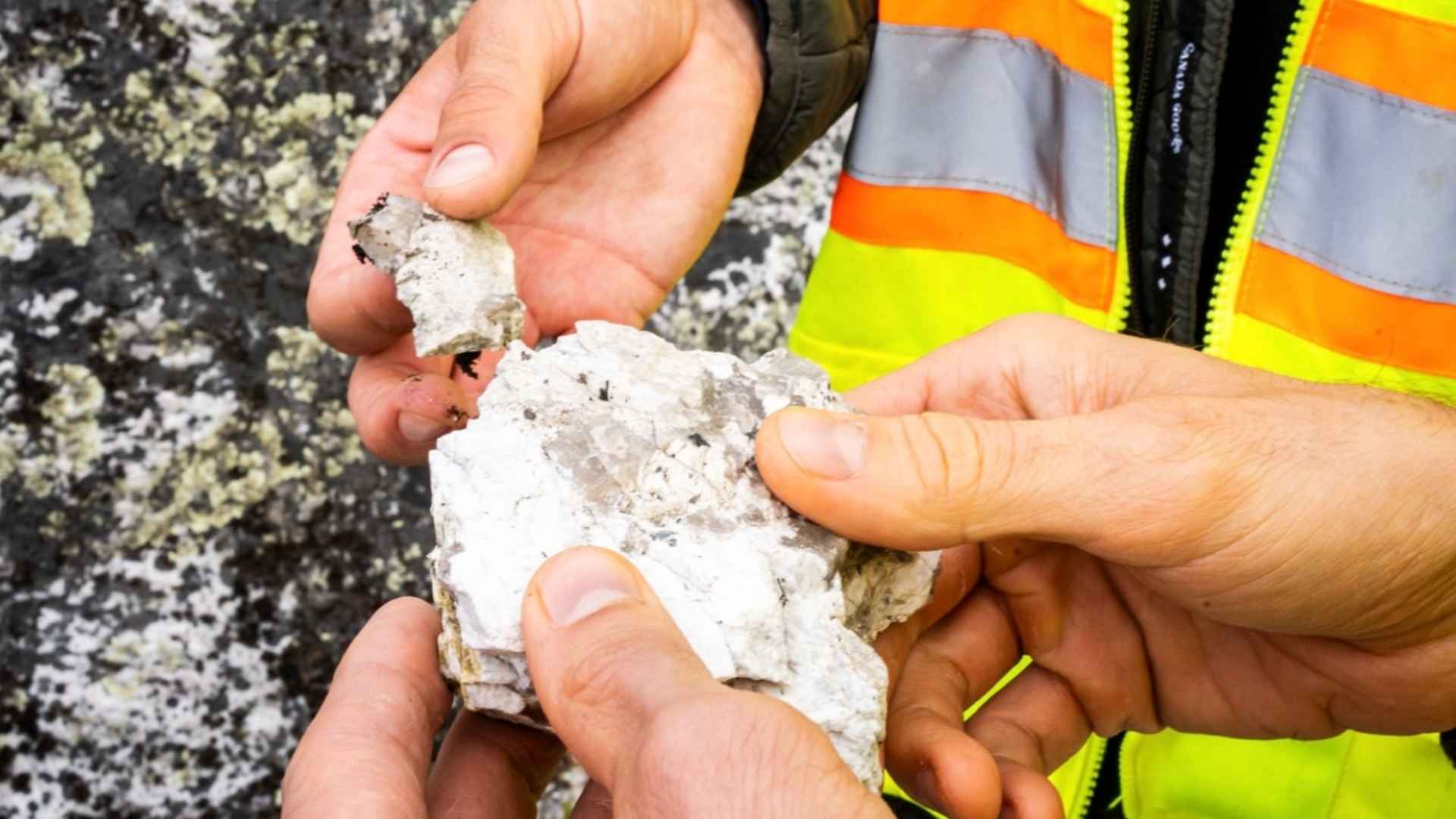An enormous lithium find at the McDermitt Caldera is stirring hopes for domestic battery production—and anxiety over wildlife, water, and sacred lands.
The McDermitt Caldera on Oregon’s border is drawing national attention for a lithium trove that some estimates value near $1.5 trillion. Early assessments suggest ancient volcanic clays here may hold 20-40 million metric tons of lithium, a volume that could decisively influence U.S. electric-vehicle goals. Big promise? Absolutely. Big questions, too. Before diving deeper, here are the essentials at a glance.
| Key fact | Detail |
|---|---|
| Location | McDermitt Caldera, near the Oregon–Nevada border |
| Estimated value | About $1.5 trillion |
| Estimated lithium content | 20-40 million metric tons |
| Potential upside | Domestic battery supply, regional jobs |
| Main concerns | Wildlife habitat, water use, and cultural sites |
Those figures frame a high-stakes debate that now stretches from boardrooms to high desert towns. Who stands to gain first: national battery makers or nearby communities?
Why the McDermitt Caldera lithium deposit matters for U.S. batteries? Clean-transport mandates and grid storage are pushing lithium demand to record levels. A homegrown source could reduce reliance on overseas materials and stabilize a critical supply chain. For industry advocates, this discovery looks like a rare opportunity to anchor battery production closer to American assembly lines.
Environmental and cultural concerns intensify as drilling and roads are proposed
A plan from HiTech Minerals Inc. would add roads and hundreds of test wells in Malheur County. A brief BLM public comment window drew criticism from residents and advocates who want more time to weigh lasting impacts. The Sierra Club in Oregon backs clean energy but warns against sacrificing fragile sage-grouse habitat or water resources; some see parallels with Nevada disputes over water and range health. What trade-offs are on the table—and who gets to decide?
Eruptions long ago spread mineral-rich sediments across the basin, creating claystone deposits unlike South American brines. Processing claystone can demand complex steps—often including acid leaching—raising questions about waste handling and water safety. As geologist Sammy Castonguay puts it, “This feature is 16 million years old, and we’re making decisions in a matter of years.”
What happens next for local jobs, water resources, and federal oversight
Debate now centers on water needs for drilling and processing, plus protections for Indigenous cultural sites and species like Lahontan cutthroat trout. Watch these milestones:
- Scope and conditions of exploration permits and environmental reviews
- Concrete plans for water use, treatment, and waste disposal
- Formal consultation with tribes and wildlife mitigation commitments
- Job quality standards and local hiring agreements
- Independent monitoring and transparent reporting to the public
Supporters argue U.S. projects can cut geopolitical risk; critics worry the high desert could bear the costs. As one local official, Greg Smith, says, “We need to do this the Oregon way—with full accountability and shared benefits.” That’s the promise—and the worry.

